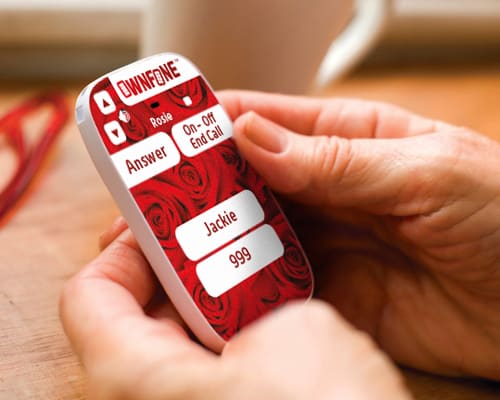
Braille phone launched by UK developer
pharmafile | May 19, 2014 | News story | Manufacturing and Production, Medical Communications, Research and Development | Apple
British technology firm OwnFone has launched what it says is the first commercially available Braille phone.
The device, which shares its name with the London firm, is the size of a thick credit card and costs £60.
The phone is manufactured using 3D printing technology and can be customised with up to four buttons pre-programmed to call important contacts, such as family members or emergency services.
Device inventor Tom Sunderland tells the BBC: “This is the first phone to have a 3D printed keypad and for people that can’t read Braille, we can print texture and raised text on the phone.”
In 2012, OwnFone became one of the first companies to mass-produce a mobile phone using 3D printers. The firm also produces simple, easy-to-use phones for young children, similar in design to their new device.
Advances in accessibility
OwnFone may be the first Braille phone to hit the market, but a number of other technologies are in development that could offer far more interactive experiences for users with visual impairments.
Indian tech start-up Kriyate last year presented a prototype Braille smartphone, which features a display of retractable pins that can display images and words in a responsive manner.
Forbes described the device as a ‘breakthrough’ at the time, with the tech firm pencilling in a release date of sometime in 2014 – although no definitive launch details have since been announced.
Apple is also invested in this area of research: the tech giant first launched its VoiceOver screen reader in 2011, and has continued to develop the software, with versions available across its range of operating systems.
The technology reads out text and describes image for users, with the iPhone version offering control through specific motions and gestures on the device’s touchscreen.
Whether OwnFone will be able to compete with this kind of technology down the line remains to be seen, but for the time being it appears to offer a simple, relatively cheap option.
Currently, the device is only available to buy in the UK, but its developers intend to raise money for an international launch through crowd-funding website Kickstarter.
Hugh McCafferty
Related Content

New Johnson & Johnson study aiming to add stroke detection to Apple Watch
Johnson & Johnson announced that Janssen Pharmaceuticals will work in collaboration with Apple to explore …
How AI is making clinical trials more accurate and affordable
Clinical trials are one of the longest and most expensive steps of bringing a drug …

Apple introduce stricter entry requirements for health apps
Apple has toughened its stance on health and medical apps that can be bought and …








